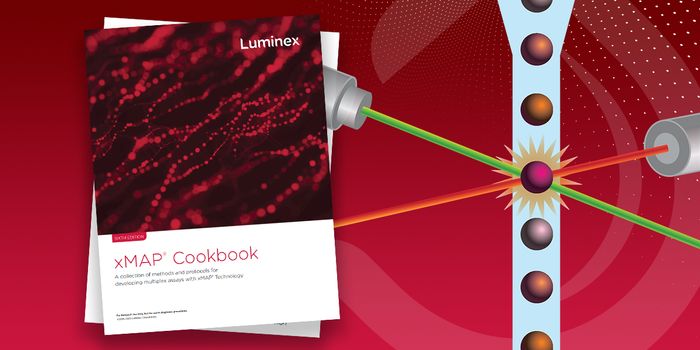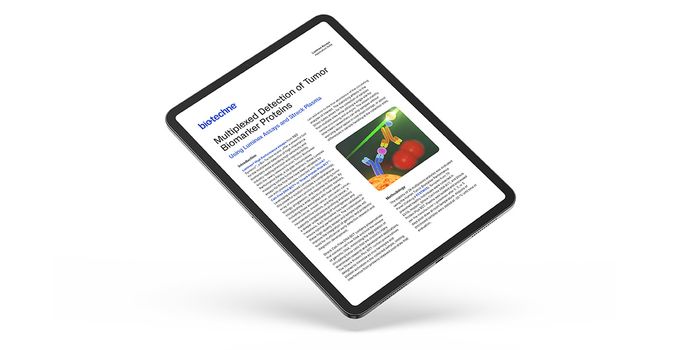What does RNA editing do to the immune system?
A recent study published in the journal Nature Communications from the University of Colorado Cancer Center explores new insights into how RNA editing affects the immune system. The study focuses specifically on how an enzyme called ADAR1 operates in pathways associated with cancer.
Jeffrey Kieft, PhD, was one of the researchers behind the new study. He explains, "In a cell, ADAR1 edits native RNA -- or self-RNA -- so that the cell recognizes it as its own. It's a key protection against autoimmune disorders. But if a virus infects, viral RNA isn't edited by ADAR1, so the cell can recognize that and react. The cell knows it has foreign RNA, and it activates immune responses to fight off that infection."
Kieft, together with colleagues Quentin Vicens, PhD, and Beat Vögeli, PhD, investigated where ADAR1 binds to RNA to perform the editing process. They zoned in on one part of ADAR1 called Z-alpha. Kieft elaborates:
"The team asked, 'How are all these locations in RNA being recognized by Z-alpha if they supposedly don't form Z-RNA?' One of the take-home messages is that other forms of RNA can bind to Z-alpha ADAR1 and can even partially form Z-RNA. That was a surprise because it shows that RNA can form this specific Z structure in places we didn't recognize before."
The team is has put forth a model that explains how Z-alpha ADAR1 binds to distinct forms of RNA. Understanding this could provide new information on how the immune system is hindered by ADAR1 editing, which could ultimately lead to future therapies targeting the overactive editing process.
"In a lot of cancers, there is upregulation of ADAR1; it is doing more than it should," Kieft says. "The excess ADAR1 presumably is leading to more RNA editing than is normal. This is going to misregulate things, affecting specific regions of RNA or types of RNA. The excess editing is going to throw off the normal immune response, but it probably has a lot of other effects in the cell as well. Cancer is a disease where gene regulation has gone awry, so if an important regulatory pathway like editing by ADAR has gone haywire, that can contribute to the cancer."
The researchers say their findings have further implications outside of cancer. "We have gotten a lot of feedback on the paper," says Vögeli. "There is a lot of interest in this field right now, and other people are interested in how they could use our structural information." They hope that their research will help many fields in medicine.
Sources: Nature Communications, Eureka Alert








